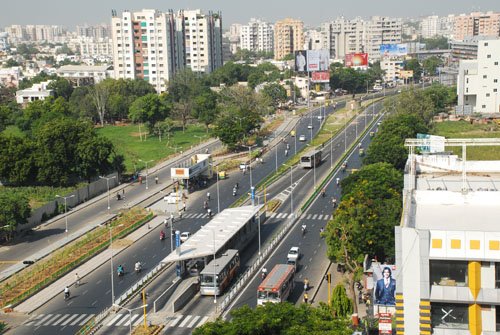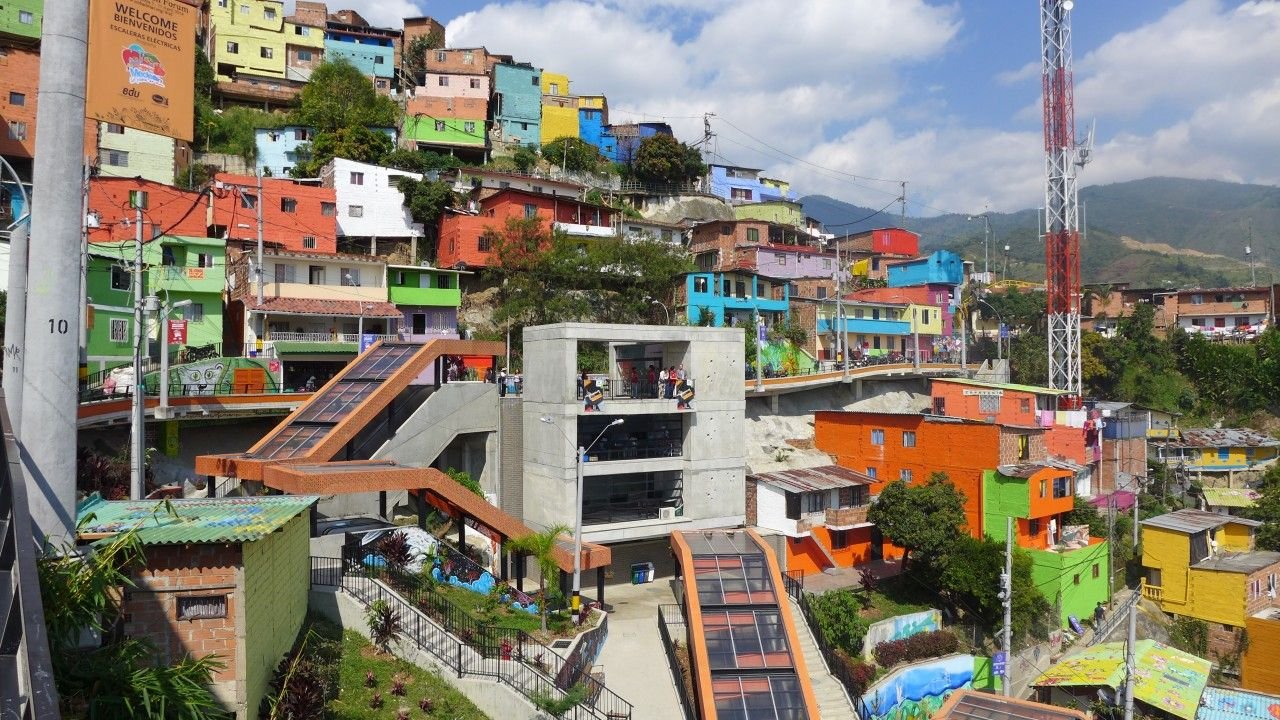Can urban design play a key role in ensuring a cities safety?
Yes.
Urban Design is a multi-disciplinary process of shaping a setting for cities, public spaces, etc. Many factors culminate to ensure balanced workability of a city. The urban design also plays a key role in ensuring that a city is safe enough for its residents. The designing and location of nodes, corners, clusters, and their distancing from each other define the city’s movement pattern.
Here are some ways through which a safer city can be designed: –
1. Decentralizing mixed-use zones
Mixed-use activities ensure a 24 hour or late-night movement within them. If a city is designed in such a way where these activities are spread out rather than being packed in one zone. They make sure that the city is running throughout.
2. Street lights
Well -lit streets with lighting designs that ensure ample light during night time. This ensures a safe environment for people to walk and commute.
3. Co-existence of commercial and residential
Residential zones are generally timed. These areas become dead after the peak hours are over. A residential sector which has a commercial strip around it ensures that the street life stays abuzz even during late nights.
4. Avoiding dead ends in planning
5. Distribution of green zones and open public spaces
Public spaces ensure movement and activity even in the non-peak hours. A city that has some well-segregated public activities makes the cities safe.
6. Avoiding Urban Sprawl
Urban sprawl leads to mass development in an uncontrolled manner. This activity can lead to huge cluttering which can further lead to malpractices and illegal activities.
7. Dedicated pedestrian and cyclist zones
Road accidents and mishaps can be avoided if dedicated roads and lanes are provided for the walking commute. Safe pedestrian crossover with signals, speed breakers, and signage can be a small but effective method of ensuring a system and discipline in commute.
Urban design has been practiced in many cities. In recent years, many cities have adopted practices as per their relevance and have been a part of a social change. These practices have made city life safer by reducing the violence and crime rate through urban design solutions.
Examples
-
Dedicated Bus lanes in the city of Ahmedabad

The city of Ahmedabad has been one of the most progressive cities in India. They have been initiating change on an urban level. The Ahmedabad Bus Transit System is an 89 kilometers distance lane with almost 3,49,000 passengers using this service on a daily basis. It has received several international awards for its design, implementation, and operation.
-
Melbourne -A 24-hour city

The city of Melbourne initiated a 24-hour cycle for the city to ensure its safety throughout. This policy has reduced the crime rate. This policy allowed restaurants and cultural events to take place overnight until dawn. Around the clock, public transport services were also initiated around the weekends.
After this policy, late-night jobs were created which in turn helped the localities to get an extra income mode and thus, increasing the economy.
-
Integrated Medellin slum upgrading program

From 1993- 2003 in South America a new policy was exercised. As per it, the subnormal neighborhoods were targeted to have a peaceful co-existence. This was initiated under the ideology of ‘social urbanism’ which states that humans are the most crucial subject in urban planning and they should be the core behind every design aspect.
The housing in subnormal neighborhoods was improved. Public spaces and breathing areas were designed and executed. Improved mobility and urban facility were provided to these areas to ensure their urban development which will in turn help in making the city life safe.
-
The cycle lanes of Denmark

With over 7000 kilometers distance of cycle lanes, the city’s commute is dedicated to cyclists. The facilities and convenience provided to the cycle lanes ensure the city’s mixed-use of a single road system. Many urban design principles state that a city can ensure its safety by distributing a road in varied functions.
Conclusion
As safety and security are a prime factor to ensure a city’s progress, these key initiatives on a holistic level can make a city more people-friendly. A city is always in a rapid state of growth; it is one true phenomenon that will only increase within time. In such scenarios, exercising these urban design policies becomes a mandate to ensure the livability of the current population and that of the coming generations.


